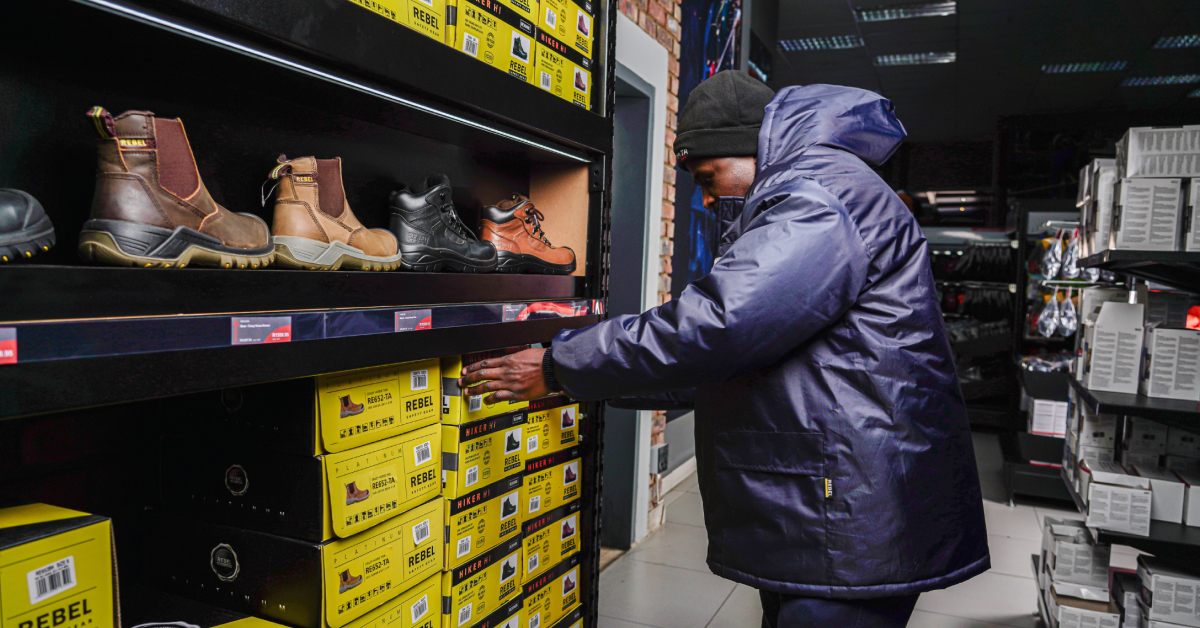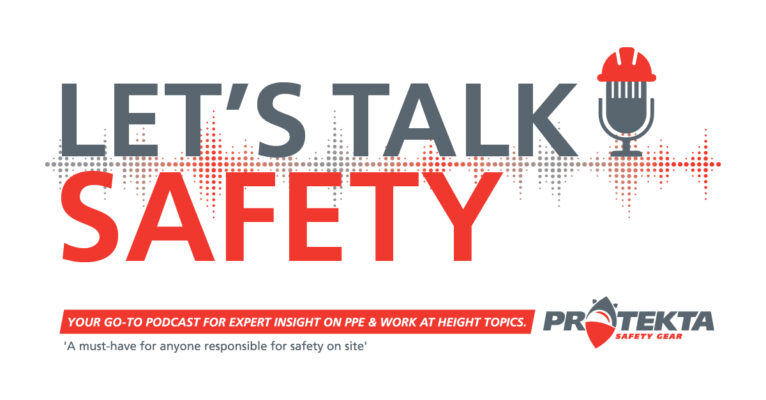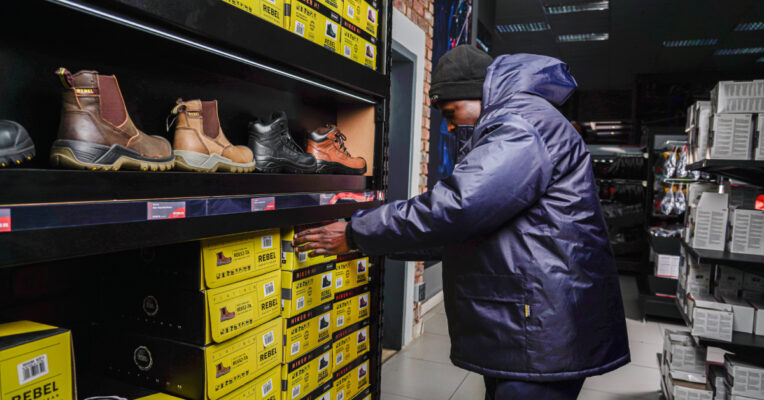General, Health and Safety, Podcast Articles, Safety Footwear
Selecting the Right Safety Footwear: Expert Insights from Gavin Cooke, MD of REBEL Safety Gear
Choosing the right safety footwear is crucial not only for compliance with safety standards but also for ensuring comfort and functionality throughout long working hours. Read this article to gain insights into the key factors to consider when selecting safety boots or shoes that meet workplace needs effectively.
Understanding the requirements of safety footwear
Safety footwear has evolved significantly from just providing basic toe protection. Modern safety shoes are designed to address several critical factors:
- Slip resistance: This is essential for preventing falls in slippery environments. The right footwear should offer reliable traction on various surfaces.
- Temperature resistance: For workers exposed to high or low temperatures, footwear must provide adequate insulation or heat resistance to protect against temperature extremes.
- Fatigue reduction: Footwear should be designed to minimise fatigue. This involves ergonomic features that support the foot and reduce strain during long periods of standing or walking.
Material and construction
The choice of materials and the construction of the footwear play a pivotal role in their effectiveness and durability:
- Breathability and moisture control: The internal climate of the safety shoe is crucial for comfort. Materials should allow for adequate air flow and moisture wicking to keep feet dry and comfortable.
- Durability of materials: High-quality materials are essential to withstand the rigors of the workplace. The outer materials should be robust enough to protect against environmental hazards while supporting the foot adequately.
- Water resistance vs. waterproof: Depending on the work environment, you may need safety boots that are water-resistant or fully waterproof. Each option involves different materials and construction techniques to either repel water or completely block it from entering the shoe.
Fit for Purpose
The design of the safety boot or shoe should match the specific hazards and demands of the workplace:
- Protection from hazards: Beyond protecting against impacts, safety footwear should prevent injuries from punctures, chemical spills, and electrical hazards.
- Ergonomic features: Consider how the design of the shoe supports the wearer’s posture and movement. Proper ergonomic design can reduce the risk of injuries and increase comfort of the safety boots.
- Specific needs of the job site: Will the shoe be used for safety and require steel toe caps or are there other work applications that need to be taken into consideration? The sole design, for example, should be chosen based on the types of floors and the substances commonly found on them, like oils or solvents, which could affect slip resistance.
Choosing the right safety boots supplier
Availability of the right safety shoe sizes and styles is crucial. A reliable supplier should:
- Stock variety: Offer a wide range of sizes and types to fit different needs and preferences.
- Replenishment capability: Be able to replenish stock promptly to avoid delays in procuring the necessary footwear.
- Quality assurance: Ensure that every piece of footwear meets stringent safety standards without compromise.
Price of safety shoe vs. quality
While budget considerations are unavoidable, choosing safety footwear should never be solely price-driven:
- Invest in quality: Better materials and more advanced construction techniques that provide higher levels of protection and durability are generally more costly.
- Long-term cost savings: Investing in higher-quality footwear can lead to savings down the line by reducing the frequency of replacement and lowering the risk of workplace injuries.
Conclusion
Selecting the right safety footwear requires a comprehensive understanding of the specific requirements of your workplace, the quality of materials, and the construction of the footwear. By focusing on these aspects, you ensure that the safety boots or shoes will provide the necessary protection, support, and comfort to maintain high productivity and safety standards at work.
Whether your shopping for safety shoes for ladies or safety shoes for men, use our application guide to select the right safety footwear for your industry HERE.
Once you have selected the correct safety shoe for your site, you can use our footwear sizing guide to select the correct size.



